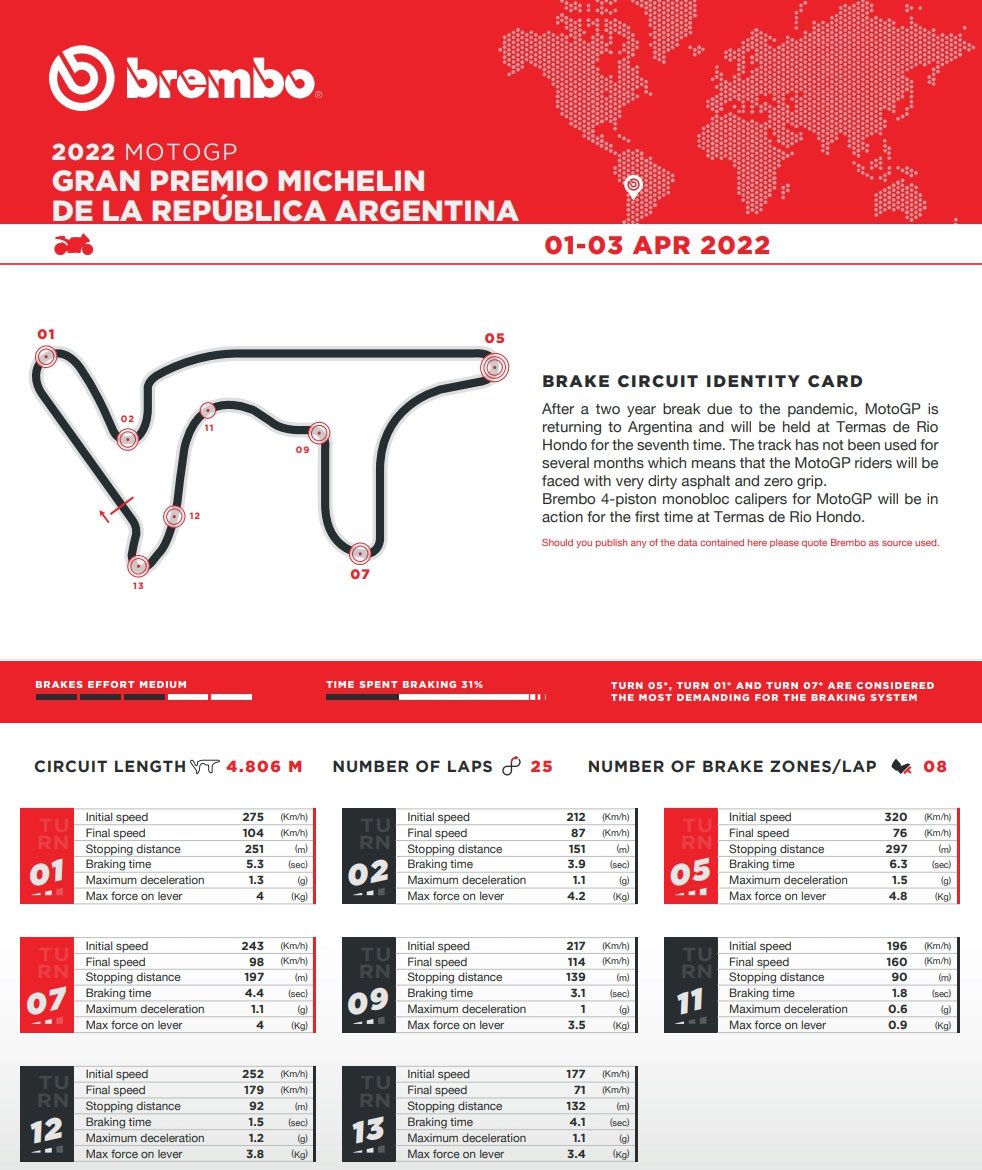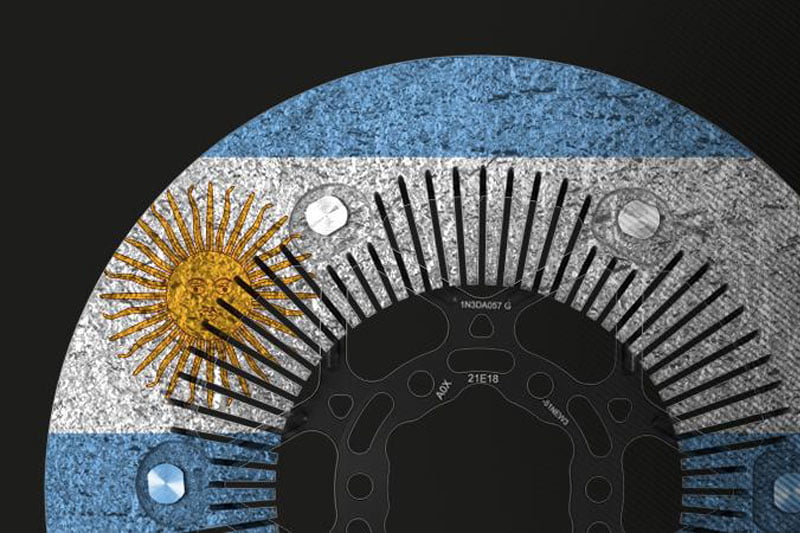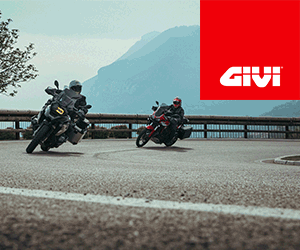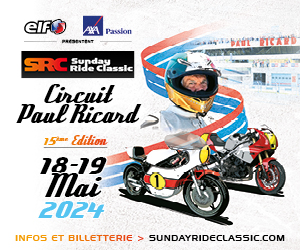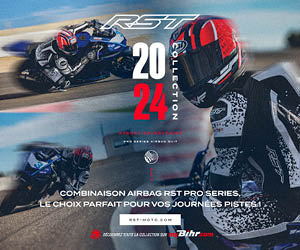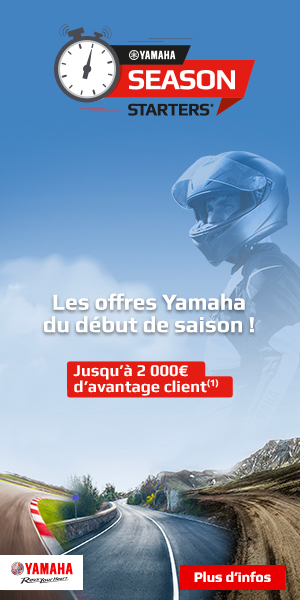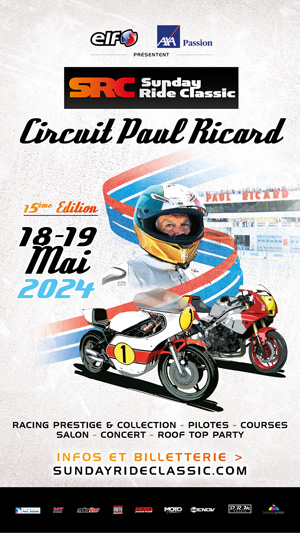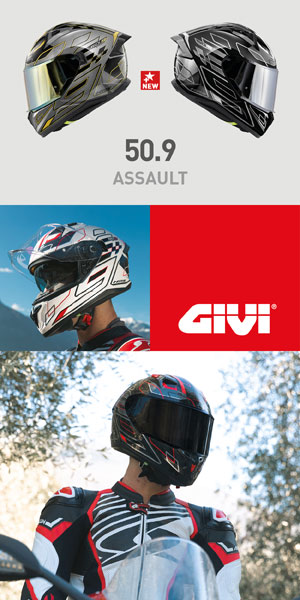How Brembo brakes are used at Termas de Rio Hondo and a focus on GP4 calipers for drivers and enthusiasts
After a two-year break due to the pandemic, MotoGP returns to Argentina and will take place for the seventh time at Termas de Rio Hondo. According to Brembo engineers, this circuit presents a medium level of difficulty for the brakes. On a scale of 1 to 5, it is ranked 3 on the difficulty index.
The circuit has not been used for several months, meaning MotoGP riders will be faced with very dirty asphalt and zero grip. Grip will only improve over the sessions, allowing drivers to be more daring when accelerating and braking.
Super lightness and optimal cooling for Brembo MotoGP calipers.
Brembo 4-piston monoblock calipers for MotoGP will be in action for the first time at Termas de Rio Hondo. Introduced in 2020, they are made from a single block of billet aluminum. Compared to casting, mass machining allows the use of materials with better mechanical characteristics and better resistance to high temperatures.
The shape of the caliper body is designed to optimize the mass/stiffness ratio using the Topology Optimizer, a computer program derived from 40 years of 500/MotoGP victories. The calipers used have several cooling fins and are lighter than previous models. The surface finish features a nickel coating.
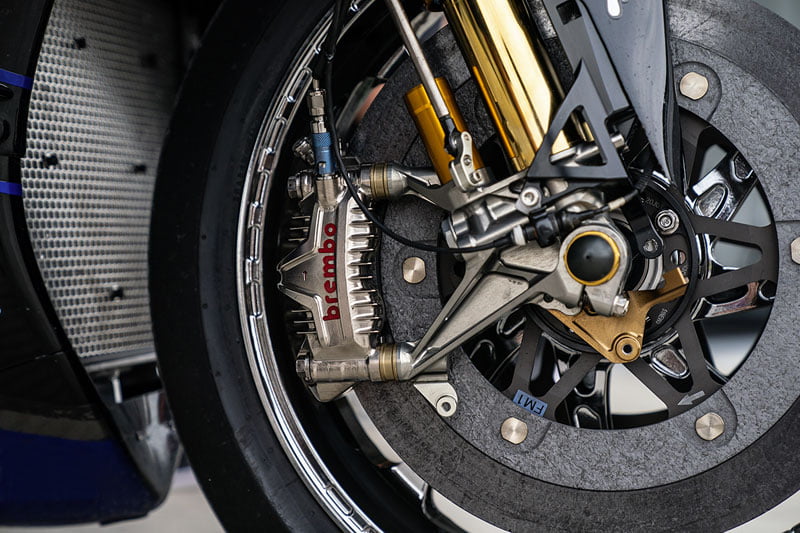
MotoGP technology also for road motorcycles
Since entering global competition in the 1970s, Brembo has used racing to develop new technical solutions which, once proven effective and reliable, are used in mass production.
Brembo High-Performance brake calipers, whose braking performance and stability are unrivaled, are the result of the company's experience on the racetrack. The Brembo GP4-RS caliper, inspired by the monobloc used in MotoGP, respects this philosophy. Designed for track enthusiasts and those who want the best, its lightness, rigidity, cooling, design and performance set it apart from competing products.
Here are 7 reasons why you should upgrade to the new Brembo GP4-RS caliper, the king of the circuits.
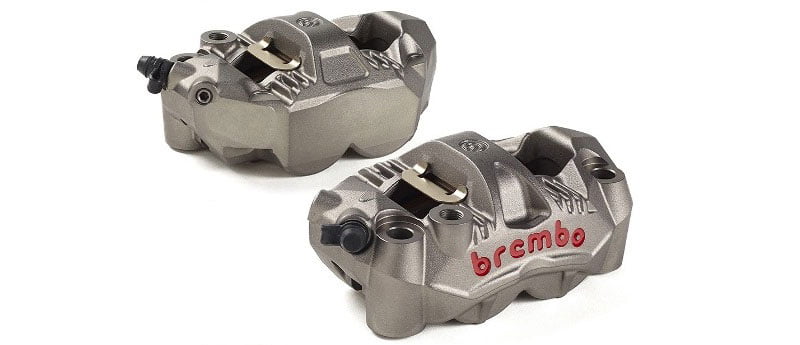
Two completely different halves
On 8 of the 14 corners of Termas de Rio Hondo, MotoGP riders use their brakes for a total of 30 seconds per lap, the same as at Mugello, which is however half a kilometer longer. From start to checkered flag, the brakes are used by each driver for more than 12,5 minutes, or 31% of the total race time.
The hardest decelerations all take place in the first 5 corners of the Argentine circuit. On the others, the speed drop is less than 110 km/h and stopping distances are less than 140 meters. The force that each driver exerts on the brake lever between the start line and the checkered flag totals just over 700 kg, the second lowest value of the season after the Australian GP.
More than 6 seconds for a single braking section
Of the 8 braking sections of the Autódromo de Termas de Rio Hondo, only one is classified as demanding for the brakes, 6 are of medium difficulty and the last one is light.
Turn 5 is the most difficult to tackle because the riders approach it after a long straight of 1 meters where MotoGP reaches 076 km/h: the corner forces the riders to slow down to 320 km/h using the brakes for 76 seconds with a load of 6,3 kg applied to the Brembo master cylinder lever.
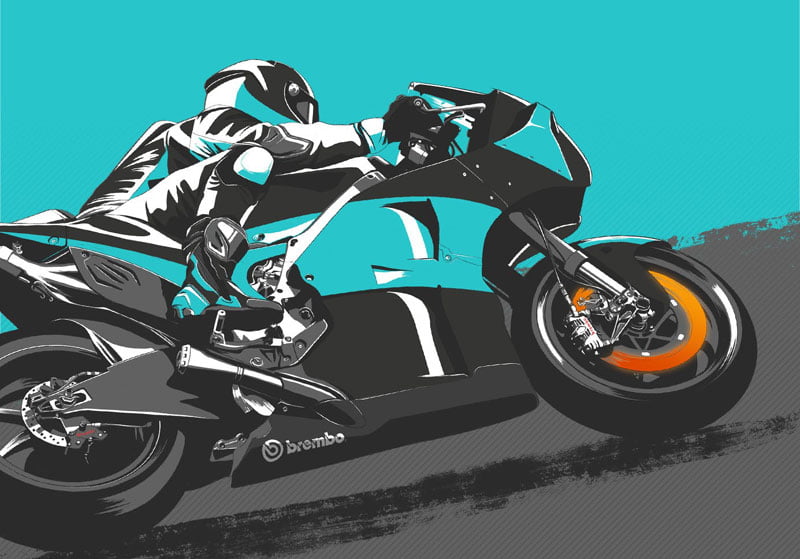
And in video games?
To approach turn 5 of Termas de Rio Hondo in the MotoGP video game, you need to start braking about a second before passing under the advertising sign and shift into 2nd gear at the same time. Only once you have almost finished braking should you move to the right, staying one meter from the edge of the sidewalk. Wait about 3 seconds before straightening.
